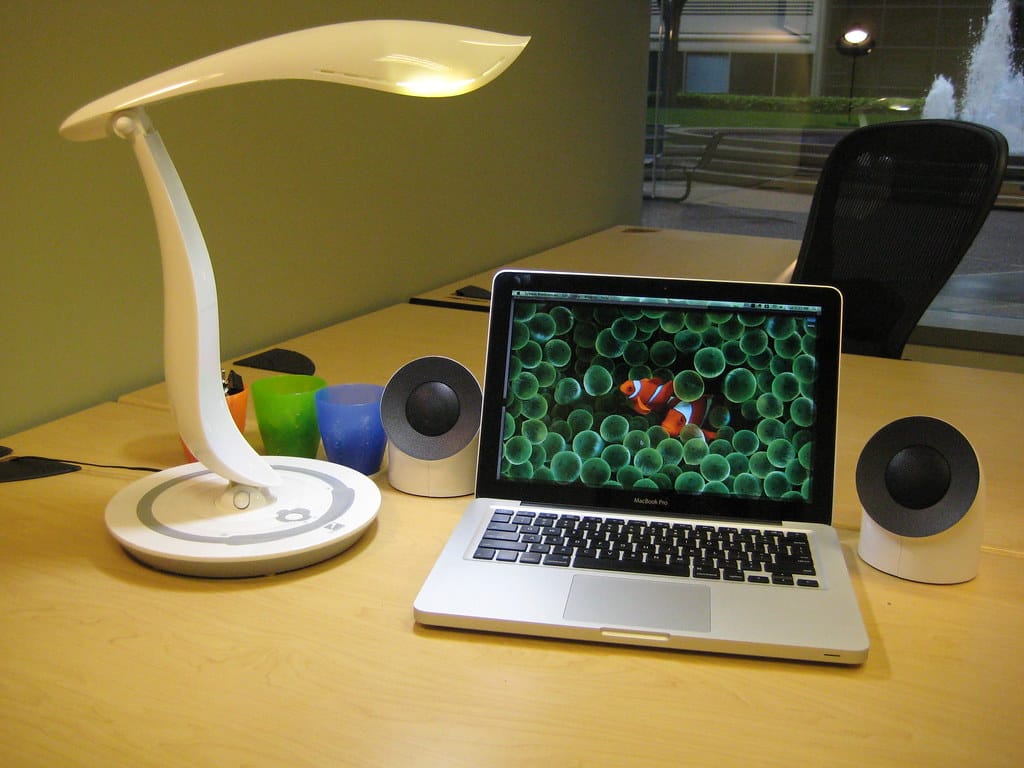Apple's macOS Tahoe Beta Quietly Kills FireWire: The End of an Era for Creative Professionals
Apple's latest macOS Tahoe beta has arrived with a surprising omission that's sending shockwaves through creative communities: complete removal of FireWire support. This marks the definitive end of a technology that powered professional workflows for over two decades, leaving thousands of users scrambling to preserve access to legacy equipment and archived projects.
The Silent Sunset of a Creative Cornerstone
FireWire, introduced by Apple in 1999 as IEEE 1394, revolutionized digital content creation by offering unprecedented data transfer speeds for its time. At 400 Mbps initially, and later 800 Mbps with FireWire 800, it became the backbone of professional video editing, audio recording, and external storage solutions throughout the 2000s and early 2010s.
The technology's removal in macOS Tahoe represents more than just deprecated code—it's the severing of a critical lifeline to decades of creative work stored on FireWire drives and created with FireWire-dependent equipment.
What This Means for Professional Workflows
Video Production Takes the Biggest Hit
Professional videographers and editors face the most immediate impact. Thousands of DV cameras, professional camcorders, and editing decks relied exclusively on FireWire connectivity. Popular devices like the Canon XL1, Sony VX2000, and Panasonic DVX100 series cannot transfer footage through any other means.
Many post-production facilities still maintain archives on FireWire RAID systems, particularly those containing projects from the early digital video era. Without native FireWire support, accessing these archives becomes exponentially more complex and expensive.
Audio Engineers Lose Critical Connectivity
The professional audio world extensively adopted FireWire for audio interfaces. Devices from manufacturers like Focusrite, PreSonus, and RME built their reputation on FireWire's ability to handle multiple channels of high-quality audio with minimal latency. Many of these interfaces, some costing thousands of dollars when new, become essentially unusable without proper driver support.
Data Recovery Concerns Mount
Perhaps most concerning is the impact on data recovery. Countless external drives, particularly those from LaCie, G-Technology, and other professional storage manufacturers, used FireWire as their primary or only connection method. Users with important data on these drives now face potential isolation from their files.
The Technical Reality Behind the Decision
Apple's decision reflects broader industry trends and technical limitations. FireWire never achieved the widespread adoption of USB, and Intel's Thunderbolt technology has largely superseded FireWire's advantages in professional applications. The complexity of maintaining legacy drivers for increasingly niche hardware likely influenced Apple's cost-benefit analysis.
Modern Macs haven't included FireWire ports since 2012, requiring users to rely on Thunderbolt-to-FireWire adapters that depend on software drivers now being eliminated.
Workarounds and Migration Strategies
Hardware Solutions
Users can still access FireWire devices through several methods:
- Maintaining older Mac systems running supported macOS versions
- Using PC-based systems with FireWire cards for data transfer
- Investing in professional media conversion services
Software Alternatives
Some third-party developers are exploring driver solutions, though Apple's increasing security restrictions make this challenging. Virtual machine approaches may offer temporary relief for critical workflows.
Archive Migration Priority
Experts recommend immediate action for anyone with important data on FireWire storage. Professional data recovery services report increased demand for FireWire-to-modern-format transfers, with costs ranging from hundreds to thousands of dollars depending on storage capacity and complexity.
Looking Forward: Lessons for Technology Adoption
This transition highlights the ongoing challenge of technology obsolescence in creative industries. Equipment that once represented cutting-edge innovation becomes stranded by evolving standards, forcing difficult decisions between upgrading workflows and preserving access to existing work.
The Bottom Line
macOS Tahoe's FireWire elimination marks a definitive transition point for Apple's professional user base. While the technology's removal was inevitable given its declining relevance, the abrupt cutoff leaves many users in difficult positions.
Creative professionals should audit their FireWire dependencies immediately and develop migration plans before upgrading to macOS Tahoe. For many, this represents not just a software update, but a fundamental workflow transformation requiring significant time and financial investment.
The era of FireWire is officially ending—and with it, a chapter in digital creative history that shaped how we capture, create, and preserve our most important work.
